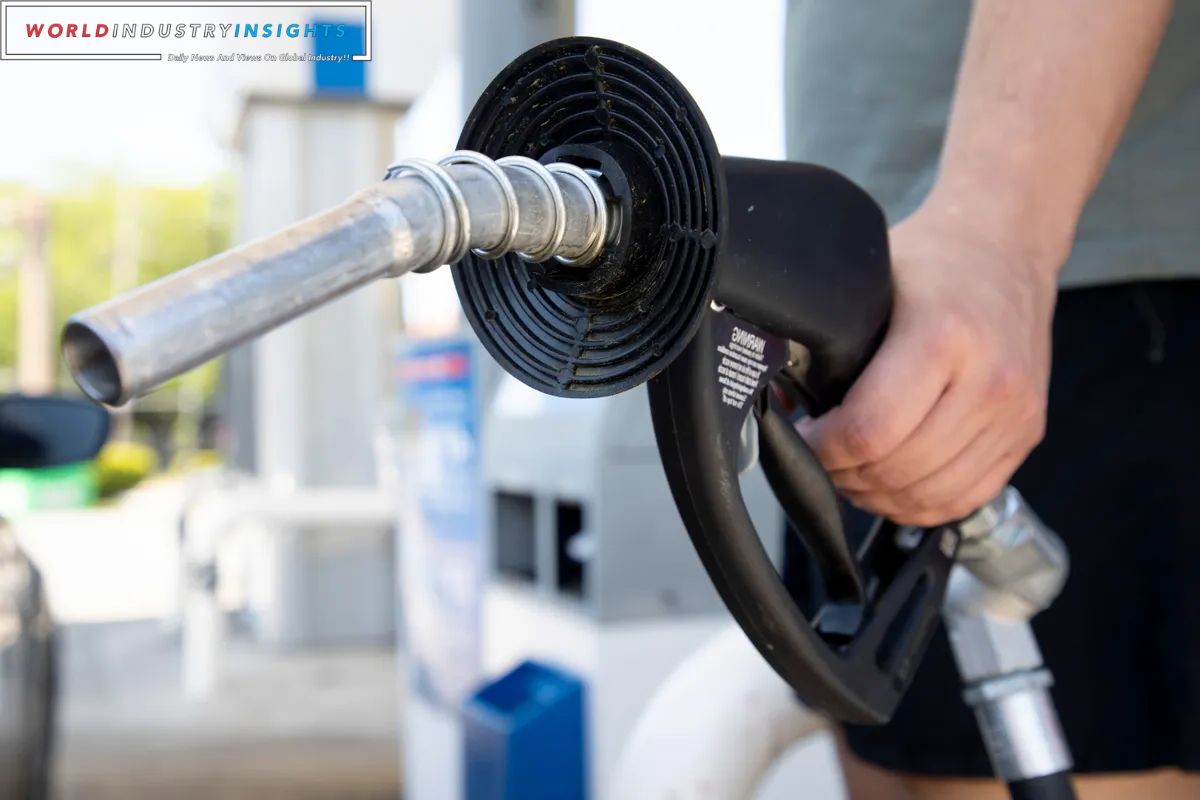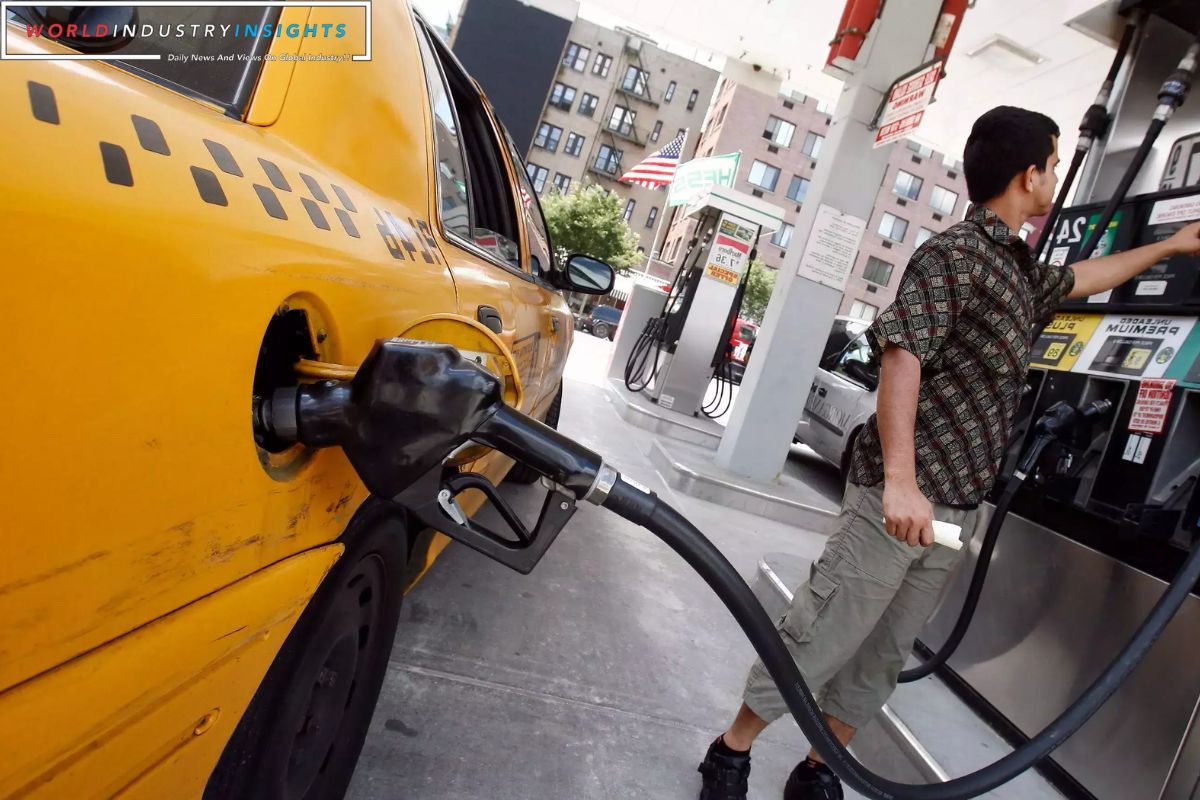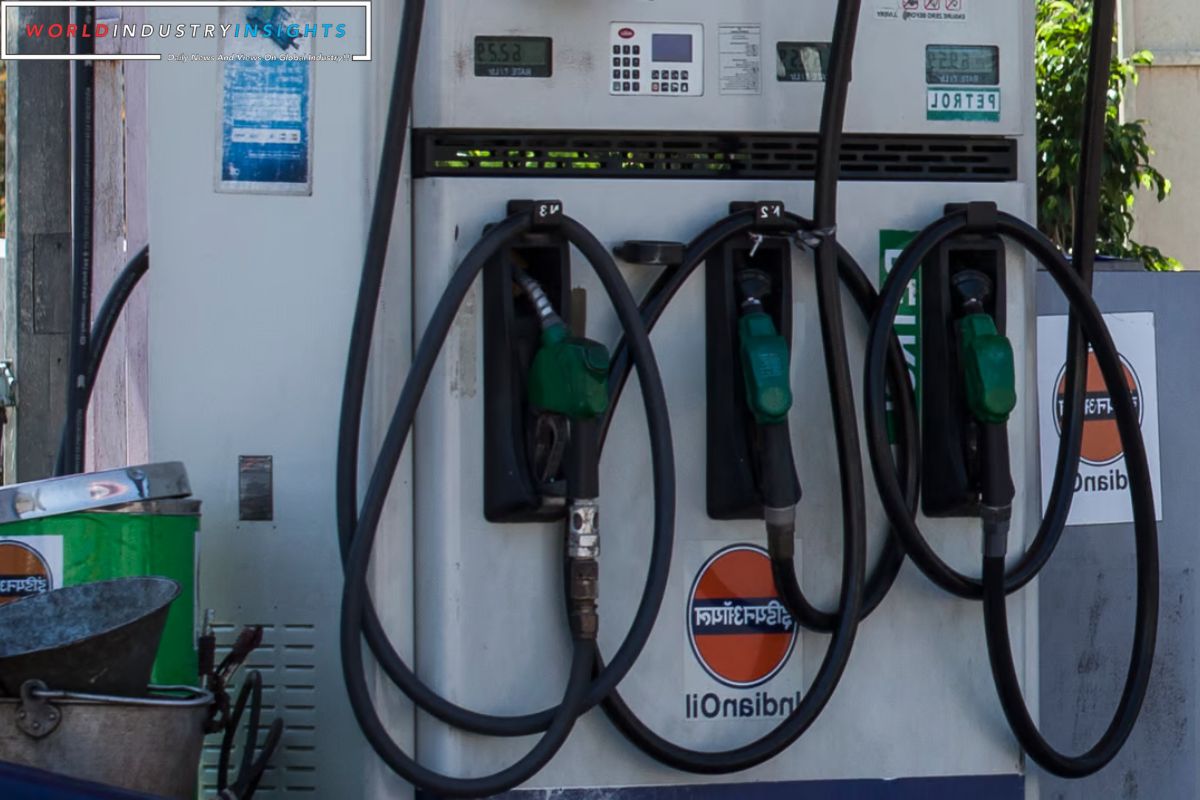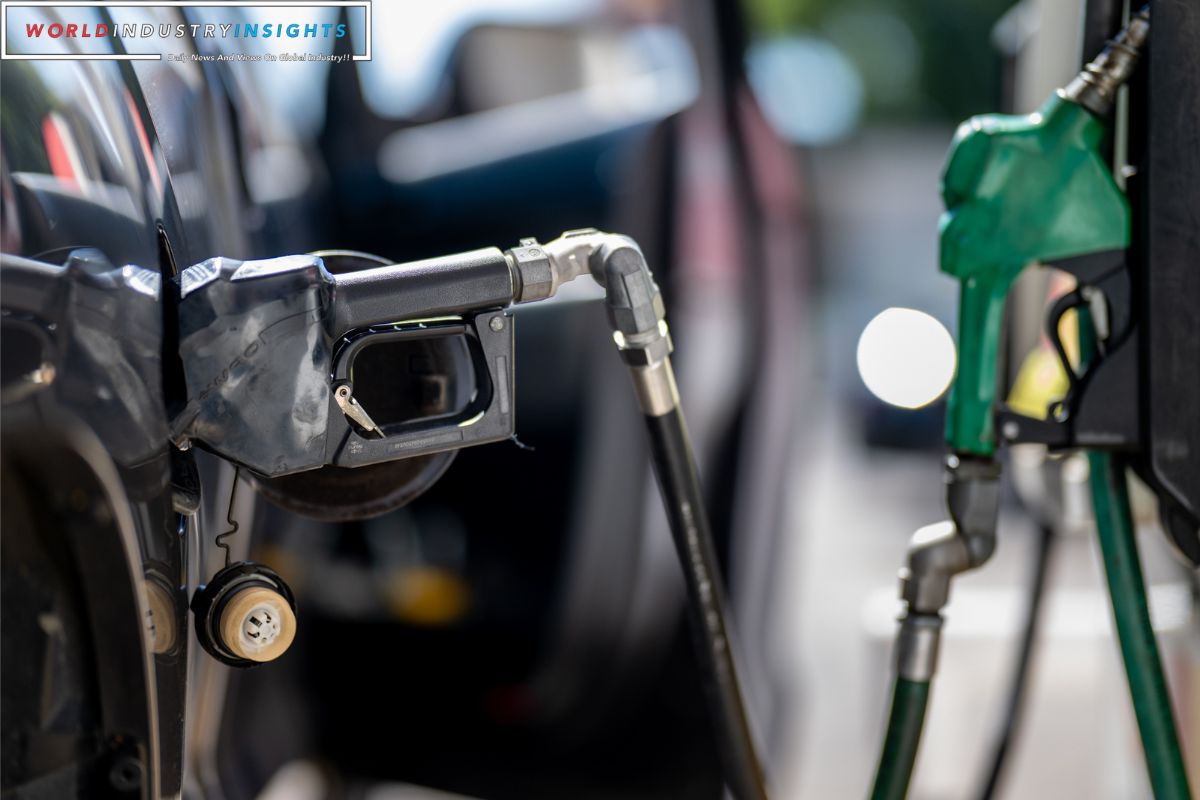US Drivers: The anticipation of lower pump prices in 2024 has brought about a sense of relief for U.S. drivers, as surging gasoline stocks hint at a potential decline in fuel costs. This development not only promises financial relief for consumers but also ignites a surge in consumer confidence, as individuals can expect to allocate their hard-earned money towards other essential needs.
While the surplus in U.S. gasoline stocks is a key driver behind this projection, it is crucial to the underlying dynamics, including regional variations, to understand the full extent of this positive outlook. Moreover, the link between gasoline prices and the broader economy cannot be ignored, as fluctuations in fuel costs often serve as indicators of economic health.
With these factors in mind, it becomes evident that the prospect of lower pump prices is not only a matter of personal finance but also carries implications for the overall economic landscape.
Key Takeaways
- Gasoline prices in the United States are expected to decline in 2024, with projections of a 13-cent drop in the national average retail gasoline price to $3.38 per gallon.
- The decline in fuel prices will provide financial relief to consumers and allow them to allocate funds towards other essential expenditures, leading to increased consumer confidence and spending intentions.
- The surplus in gasoline stocks, driven by high refinery utilization rates and production outpacing demand, will continue into January 2024, resulting in lower fuel costs for U.S. drivers.
- The projected increase in global refining capacity, especially in emerging markets, will lead to increased supply of gasoline and competition, further driving down prices and enhancing efficiency in production.
Anticipated Decline in Gasoline Prices
Gasoline prices in the United States are expected to decline in 2024, according to industry analysts and forecasts from GasBuddy.com and the U.S. Energy Information Administration. This anticipated drop in gasoline prices is great news for American drivers who have been burdened by high fuel costs for years.
Also Read: Japan Extending Gasoline Subsidies: A Balancing Act Between Public Welfare and Fiscal Health
As motor fuel costs continue to decrease, consumers can expect relief at the pump and more money in their pockets. GasBuddy.com’s projection of a 13-cent drop in the national average retail gasoline price to $3.38 per gallon is a promising sign. Even more optimistic is the U.S. Energy Information Administration’s forecast of a 17-cent decrease.
With surging gasoline stocks and a growing supply, it is clear that the market is primed for a decline in gasoline prices in 2024.
Financial Relief and Consumer Confidence Surge
The decline in fuel prices is expected to provide much-needed financial relief to consumers, allowing them to allocate their funds towards other essential expenditures. With gasoline prices on the decline, consumers can breathe a sigh of relief as they see more money in their pockets. This financial relief has the potential to prevent a recession in the United States, as consumers have more disposable income to spend on goods and services.
As a result, consumer confidence has surged to a five-month high in December. This newfound confidence is translating into increased spending intentions, with consumers planning to make significant purchases such as motor vehicles, houses, and major appliances. The decline in fuel prices is not just a temporary respite; it is a catalyst for economic growth and stability.
- Consumers can save money on their daily commute, freeing up funds for other expenses.
- Lower fuel prices can reduce the cost of goods and services, making them more affordable for consumers.
- Increased consumer confidence can boost economic activity and drive business growth.
- The decline in fuel prices can alleviate financial stress for families, allowing them to improve their overall financial well-being.
- The availability of extra funds can encourage consumers to make long-term investments, such as purchasing a home or a new car.
Surplus in U.S. Gasoline Stocks: Key Drivers and Regional Dynamics
With the surplus in U.S. gasoline stocks reaching record levels and the optimistic projections by the EIA, it is evident that the decline in fuel prices is not just a temporary relief, but a result of key drivers and regional dynamics that are shaping the current landscape of the market.
The buildup in fuel stocks can be attributed to several factors. Firstly, the high refinery utilization rates indicate that production is outpacing demand. Additionally, the Midwest region, which has seen the highest increase in gasoline inventories, benefits from its strategic location and robust refining capacity.
The surplus in gasoline stocks is expected to persist into January 2024, indicating that the downward pressure on pump prices will continue. This surplus offers a unique opportunity for U.S. drivers to enjoy lower fuel costs in the coming year.
A Positive Outlook for Gasoline Prices
The projected increase in global refining capacity presents a promising outlook for the future of gasoline prices. With over 1 million barrels per day of new refining capacity expected to come online in China, India, Mexico, the Middle East, and Nigeria, the global refining landscape is set to improve. This increase in refining capacity globally contributes to a more favorable outlook, reducing concerns about record-setting fuel prices at the pump. The positive trend in refining capacity aligns with expectations for continued stability in gasoline prices in the coming year, providing relief to consumers and supporting broader economic activities.
- The increase in global refining capacity will lead to increased supply of gasoline, putting downward pressure on prices.
- The addition of refining capacity in emerging markets such as China and India will create competition, further driving down prices.
- The improved refining infrastructure will enhance efficiency, reducing the cost of producing gasoline.
- The stability in gasoline prices will provide relief to consumers, allowing them to allocate their resources to other areas of expenditure.
- The positive outlook for gasoline prices will support economic growth, as lower fuel costs benefit various sectors, such as transportation and manufacturing.
Gasoline Prices as Economic Indicators
Gasoline prices serve as a vital economic indicator, reflecting the pulse of consumer sentiment and providing valuable insights into the overall health of the economy. As consumers drive the demand for gasoline, fluctuations in prices can indicate shifts in consumer spending patterns and their confidence in the economy.
When gasoline prices are high, it can suggest that consumers are feeling the strain of rising costs, potentially leading to reduced spending in other areas of the economy. Conversely, lower gasoline prices can provide a boost to consumer sentiment, freeing up discretionary income for other purchases and stimulating economic growth.
Therefore, closely monitoring gasoline prices can offer valuable insights into consumer behavior and serve as a reliable gauge of economic well-being.
Conclusion Of US Drivers
The forecasted decline in gasoline prices in 2024 is a welcome relief for U.S. drivers, providing them with financial relief and boosting consumer confidence.
This positive outlook is driven by the surplus in U.S. gasoline stocks, which can be attributed to various factors including increased production and reduced demand.
These lower pump prices not only benefit consumers but also serve as economic indicators, reflecting the overall health and stability of the market.
Our Reader’s Queries
How many drivers are in the US?
As of 2021, approximately 233 million individuals in the United States possess a valid driver’s license. The minimum age requirement to operate a vehicle in most states is 16 years old. Interestingly, there are slightly more female drivers than male drivers in the country.
What percentage of Americans are drivers?
The United States has a varied distribution of licensed drivers per capita, with California leading the pack at 50.89 percent per 1,000 people. Montana and Idaho follow closely behind with 50.75 and 50.61 percent respectively. New Hampshire rounds out the top four with 50.56 percent. Interestingly, the ratio of male to female drivers is not significantly different across these states.
What is us drivers license?
The US driver’s license is more than just a permit to operate a vehicle. It serves multiple functions, with its primary purpose being an identification document. In addition to allowing individuals to drive legally, it also serves as a form of identification.
Which US state has the most drivers?
California boasts the highest number of licensed drivers in the country, with a staggering 27 million individuals holding a valid driver’s license. Impressively, a whopping 84% of the state’s driving-age population is licensed to hit the road.




